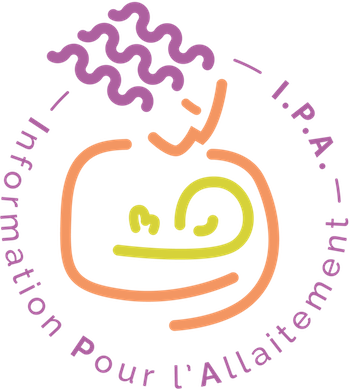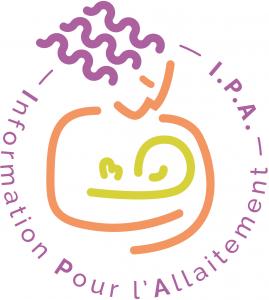Détail de l'auteur
Auteur Donna J. Chapman |
Documents disponibles écrits par cet auteur (14)
 Ajouter le résultat dans votre panier Faire une suggestion Affiner la recherche
Ajouter le résultat dans votre panier Faire une suggestion Affiner la rechercheArticle : texte imprimé
" Breastfeeding has been associated with enhanced visuel developpement among term infants. Many health professionals assume that the docosahexanoic acid (DHA) content of breast milk is responsible for this finding. Do we really have date to supp[...]Article : texte imprimé
AK Anderson, Auteur ; G Damio, Auteur ; Donna J. Chapman ; R Pérez-Escamilla |The authors analyzed data from a trial assessing the efficacy of breastfeeding peer counseling (PC) for increasing exclusive breastfeeding (EBF) to (1) examine whether different ethnic groups responded differently to the intervention and (2) doc[...]Article : texte imprimé
Mothers often choose breastfeeding to give their children the best start in life. As you work with your clients, have you ever wondered if your effect on early life nutrition might have longer lasting effects? For example, could a woman’s exposu[...]Article : texte imprimé
Donna J. Chapman, Auteur ; G Damio, Auteur ; R Pérez-Escamilla, Auteur |Background: Breastfeeding peer counseling has improved breastfeeding rates in developing countries; however, its impact in this country has not been adequately evaluated. Objective: To evaluate the effectiveness of an existing, breastfeeding pee[...]Article : texte imprimé
What do you tell your clients who ask if it’s safe to purchase breast milk over the Internet? Many International Board Certified Lactation Consultants likely explain the inherent risks in this purchase and try to help these women increase their [...]Article : texte imprimé
Donna J. Chapman, Auteur ; Joan Esper Kuhnly, Auteur |Background Several lactation assessment tools are available for in-hospital assessment of breastfeeding dyads, and their components vary widely. To date, no research has evaluated the perceptions of registered nurses (RNs) regarding the limitat[...]Article : texte imprimé
The most recent National Immunization Survey (NIS) data show that among US infants born in 2011, black infants were least likely to be ever breastfed, to continue breastfeeding to 6 and 12 months, and to be exclusively breastfed at 3 and 6 month[...]Article : texte imprimé
International Board Certified Lactation Consultants are well aware of the breastfeeding challenges experienced by some women who give birth by cesarean delivery. What can be done to help overcome, or possibly prevent, some of these challenges? T[...]Article : texte imprimé
Donna J. Chapman, Auteur ; R Pérez-Escamilla, Auteur |Test weighing is the "gold standard" for documenting lactogenesis stage II. However, this method is impractical for use in population studies. Maternal perception of the timing of the onset of lactation may be a useful proxy for lactogenesis sta[...]Article : texte imprimé
Josefa L. Martinez, Auteur ; Donna J. Chapman, Auteur ; Rafael Pérez-Escamilla, Auteur |Background: Suboptimal infant feeding practices, including the failure to exclusively breastfeed, are modifiable risk factors that affect multiple maternal and child health outcomes. Women who are overweight or obese prenatally are more likely [...]Article : texte imprimé
Joan Esper Kuhnly, Auteur ; Donna J. Chapman, Auteur |Background: Although lactation assessment tools are consistently used in clinical practice, there is no evidence describing registered nurses’ perspectives regarding the purpose and thought processes involved when conducting a breastfeeding ass[...]Article : texte imprimé
Donna J. Chapman, Auteur ; Katherine Doughty, Auteur ; Elizabeth M. Mullin, Auteur |Background: The interrater reliability of lactation assessment tools has not been evaluated in overweight/obese women. Objective: This study aimed to compare the interrater reliability of 4 lactation assessment tools in this population. [...]Article : texte imprimé
Gestational diabetes mellitus (GDM) has been associated with an increased risk for delayed lactogenesis, yet many women with GDM do not experience this problem. Wouldn’t it be useful to have some solid evidence to help you determine which of you[...]Article : texte imprimé
R Pérez-Escamilla, Auteur ; Donna J. Chapman, Auteur |The main objective of this analytical overview is to assess the validity of maternal perception of the onset of lactation (OL) as an indicator of lactogenesis stage II (LS-II). Prospective studies that assessed OL and/or LS-II [based on test-wei[...]














